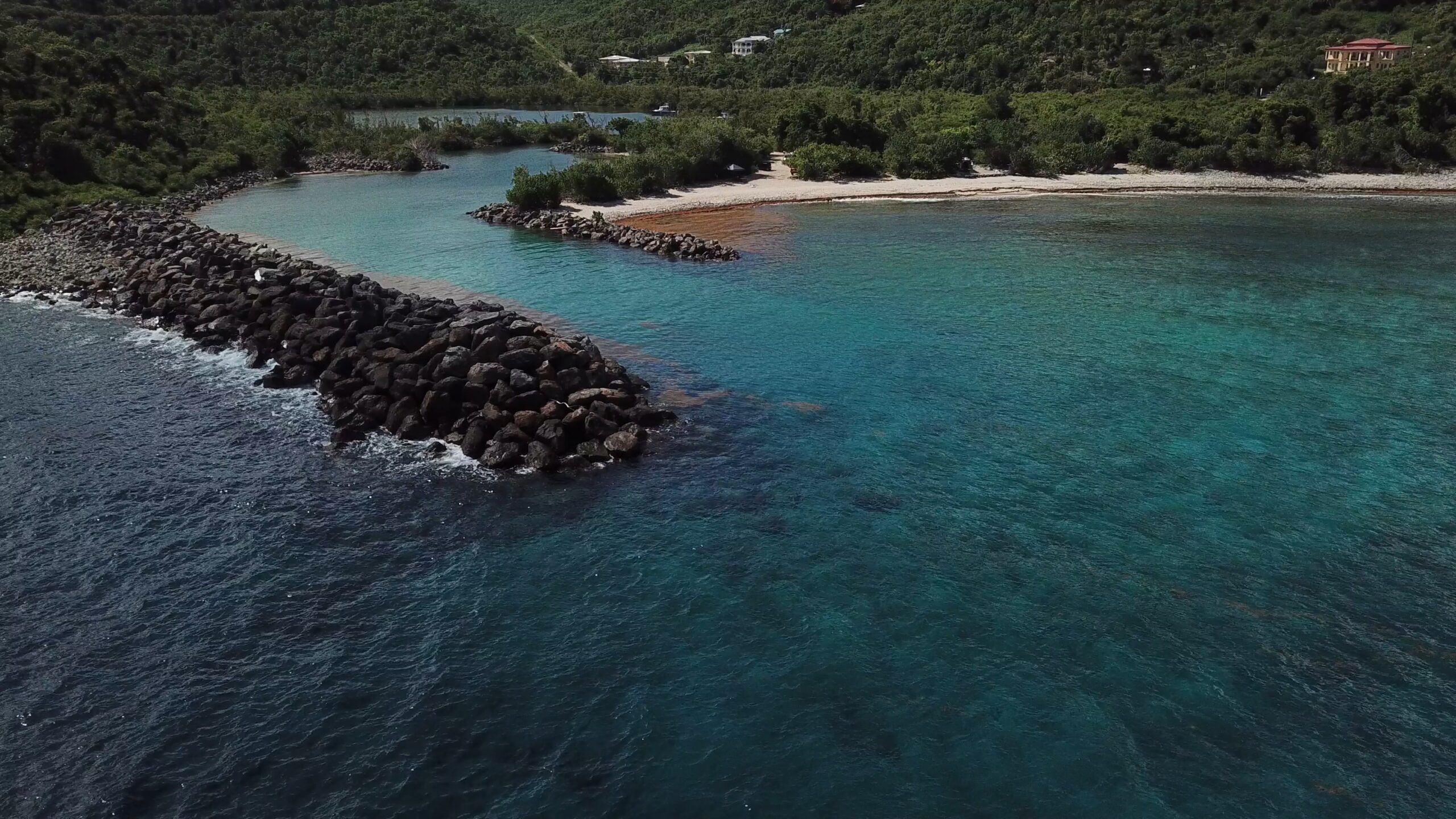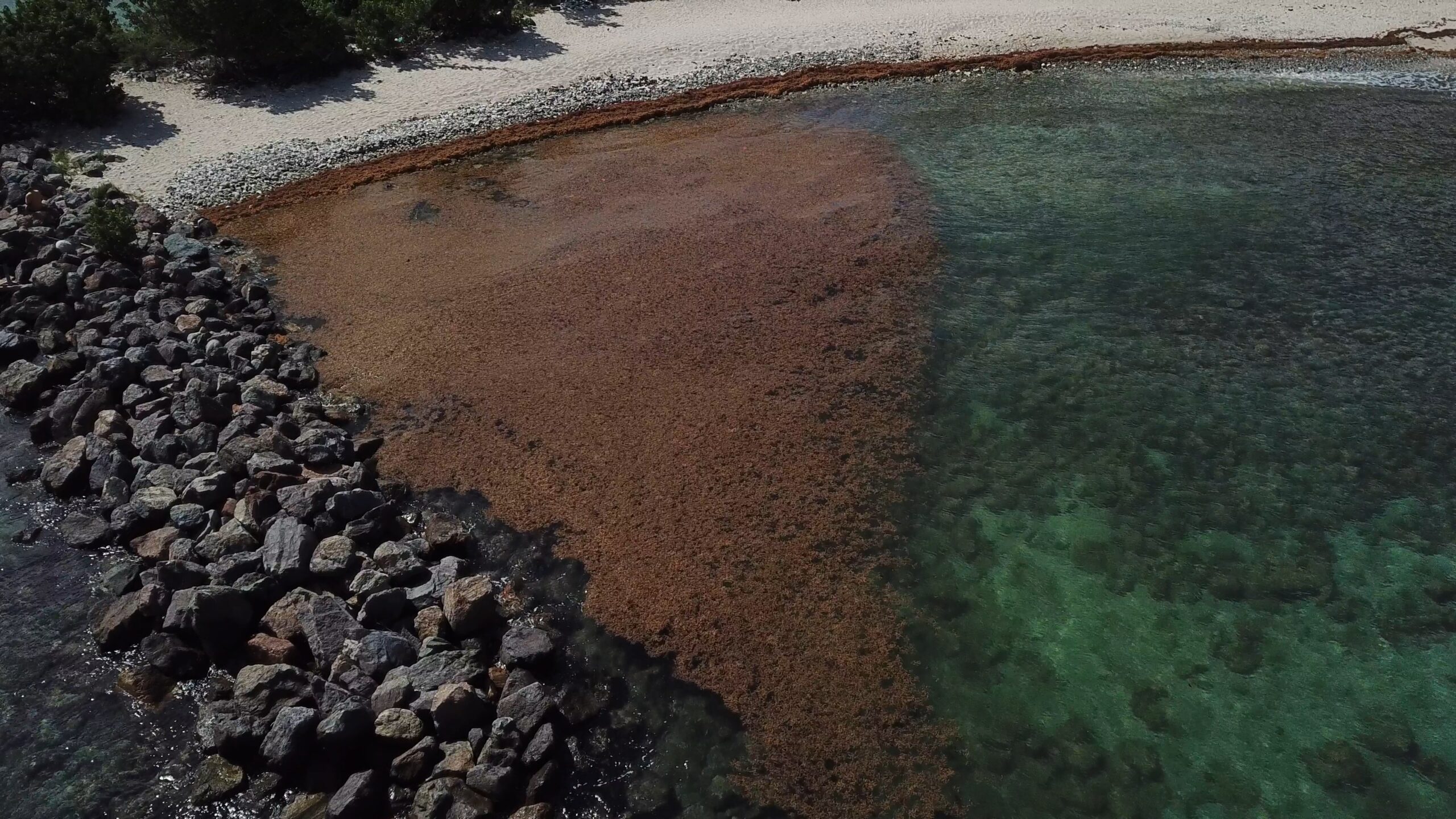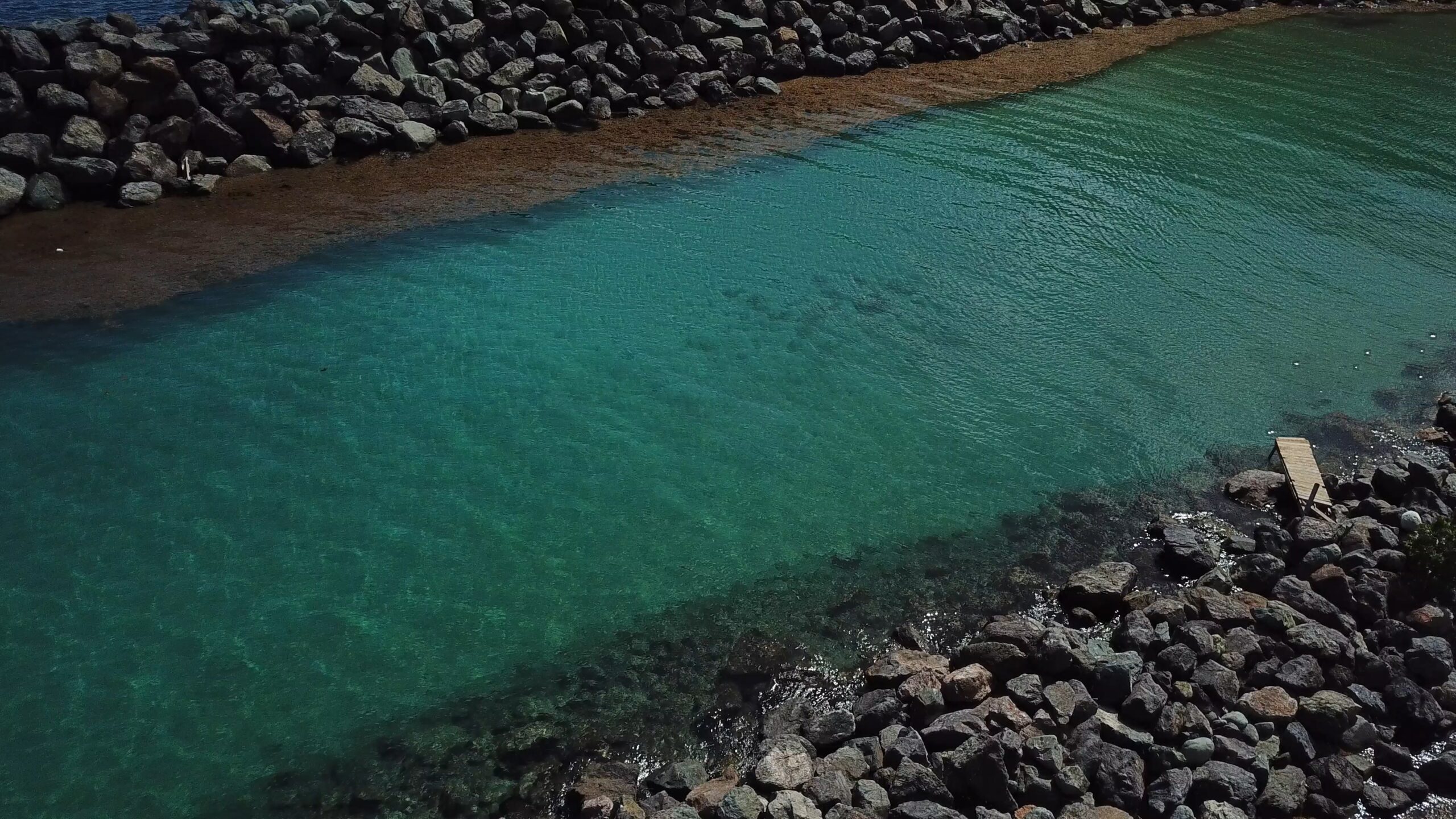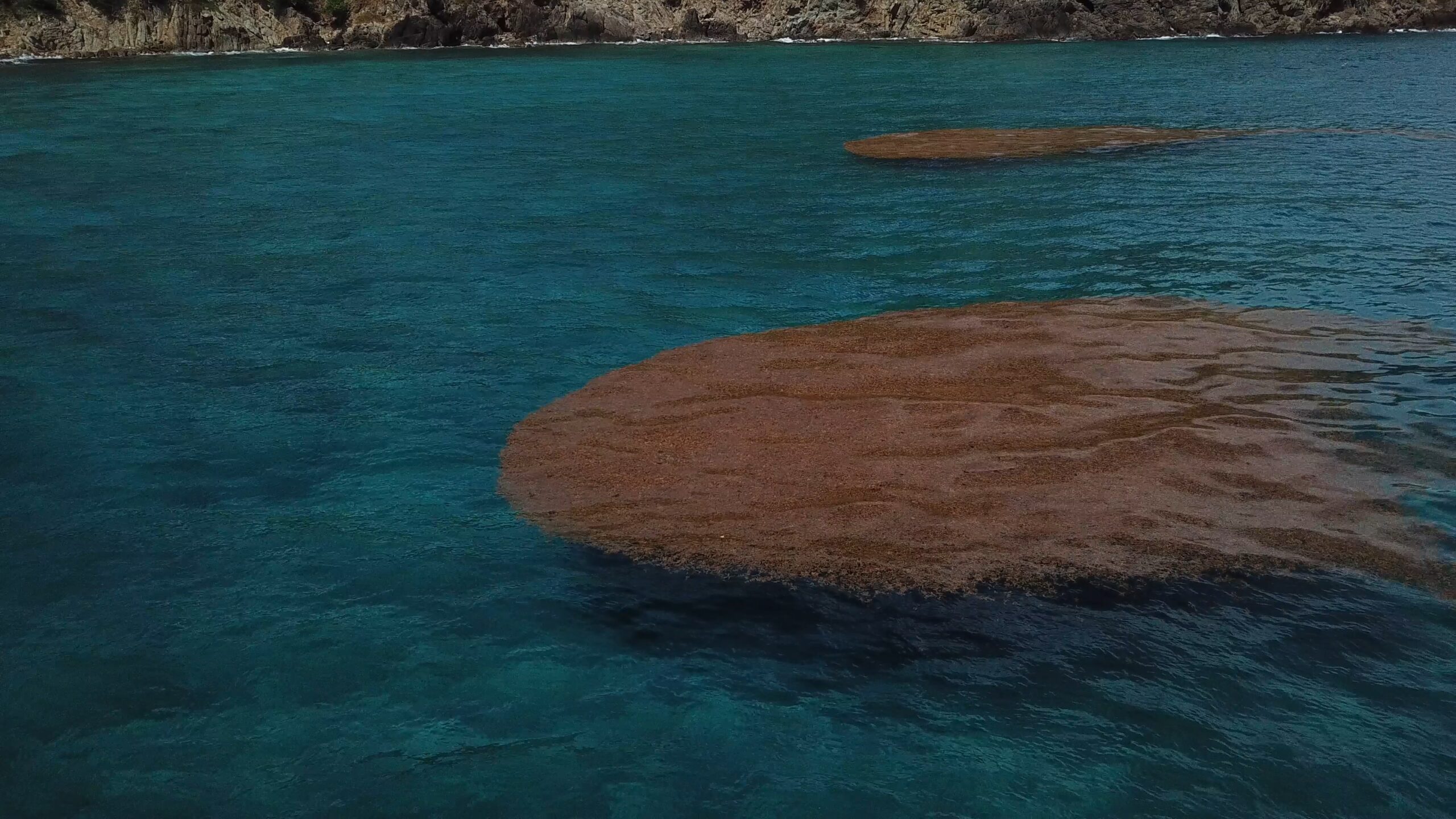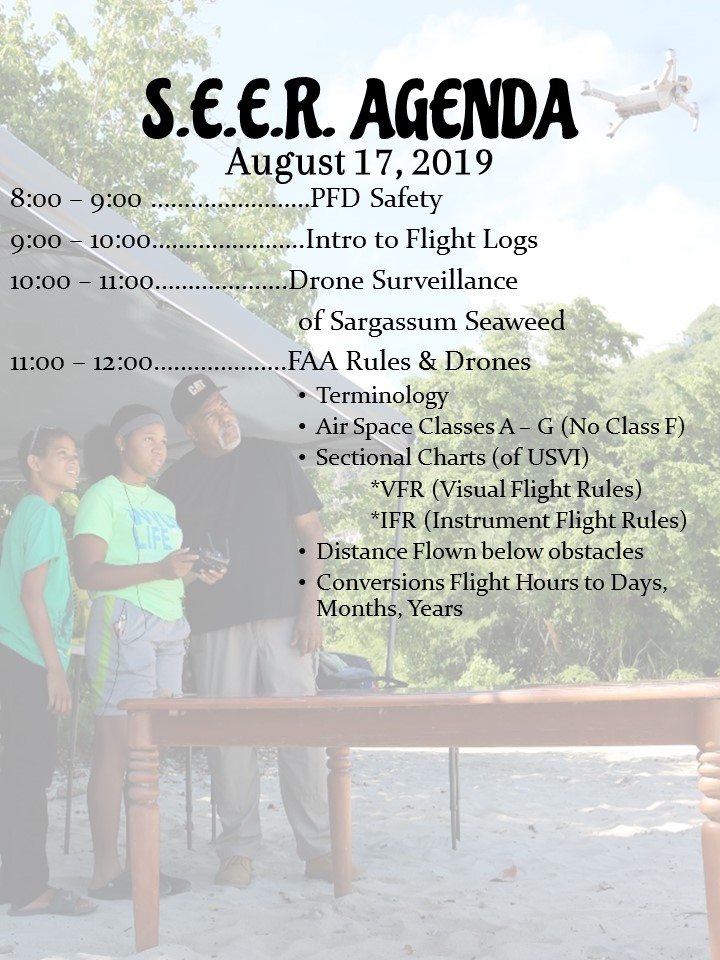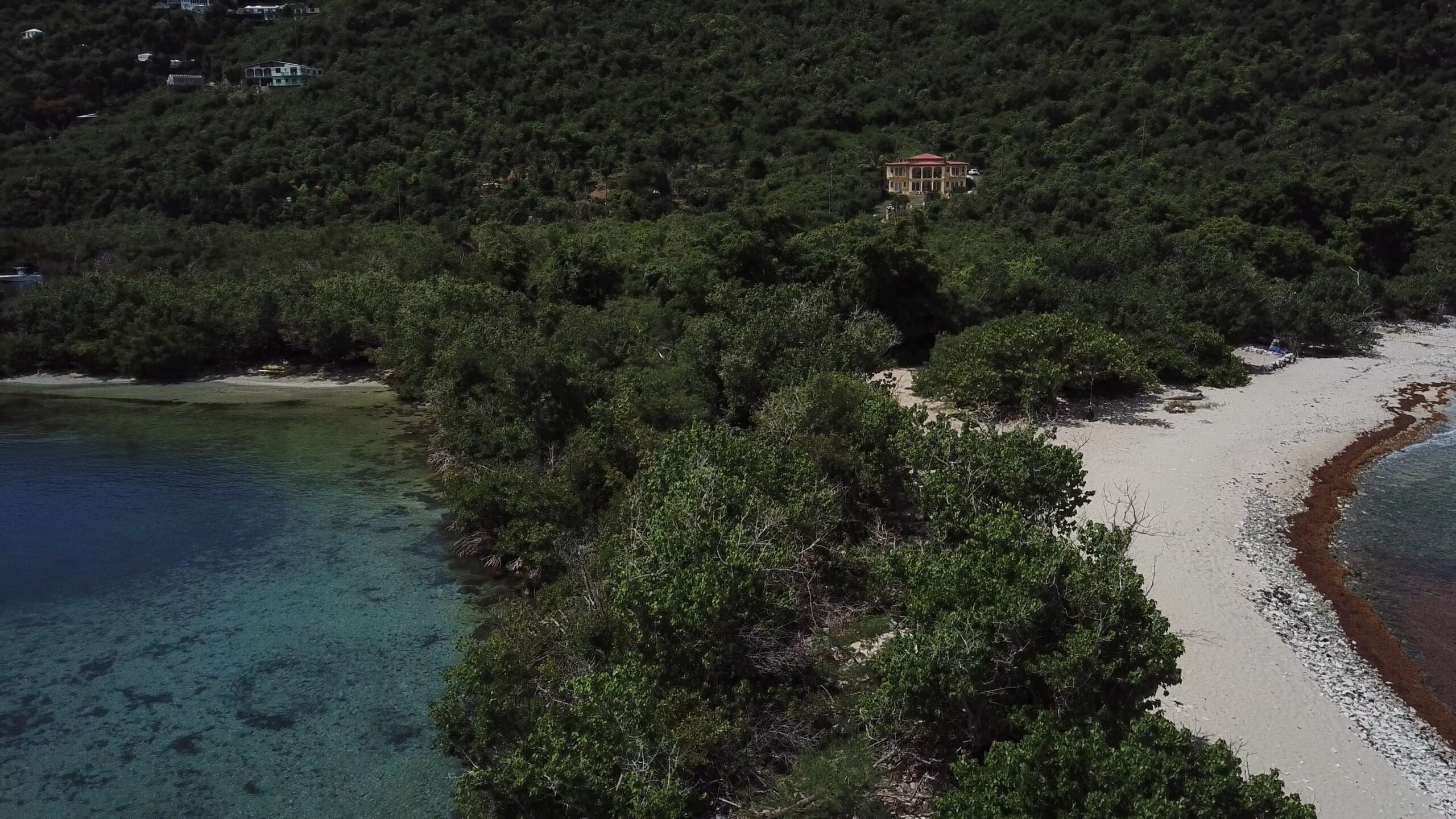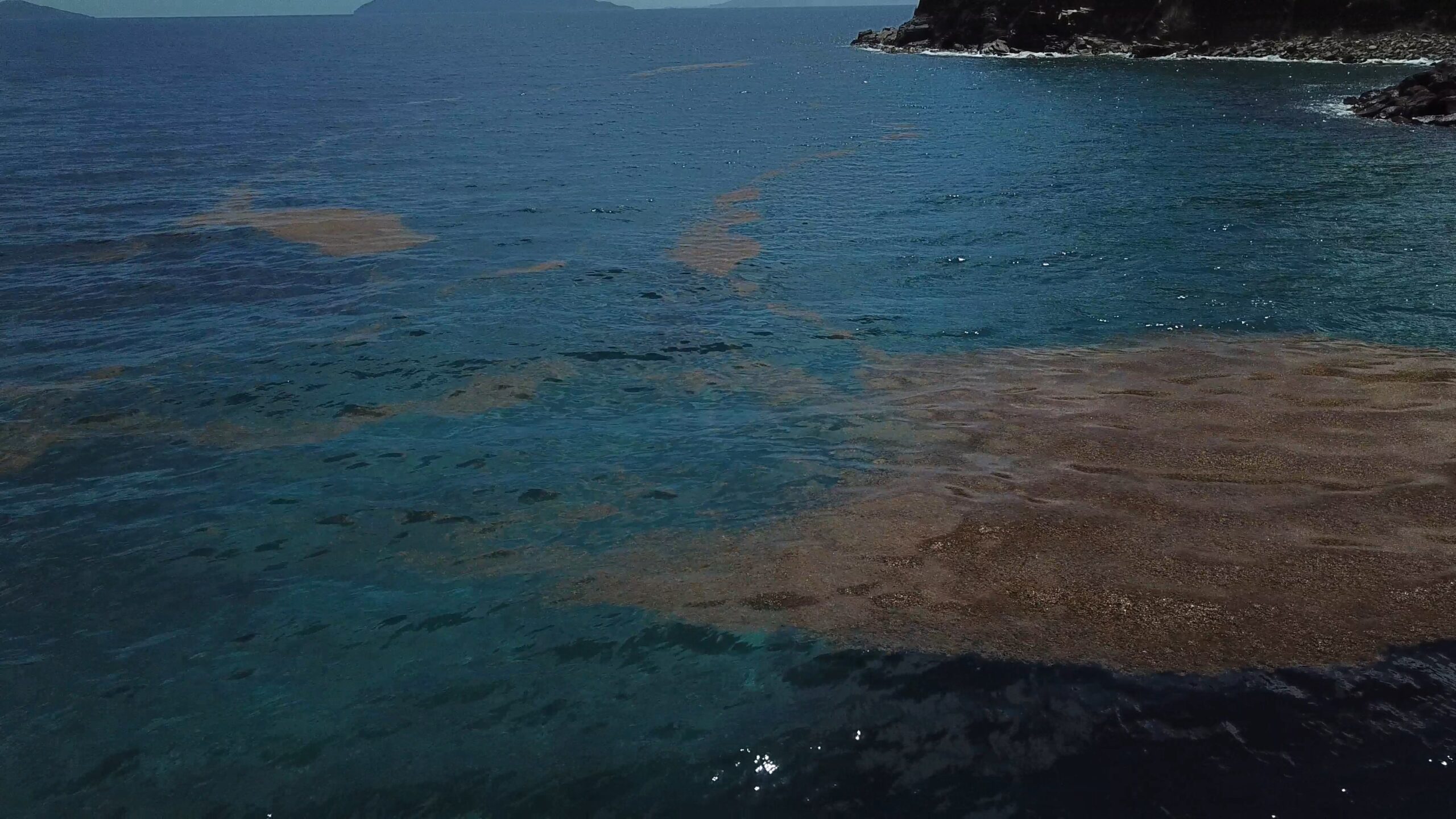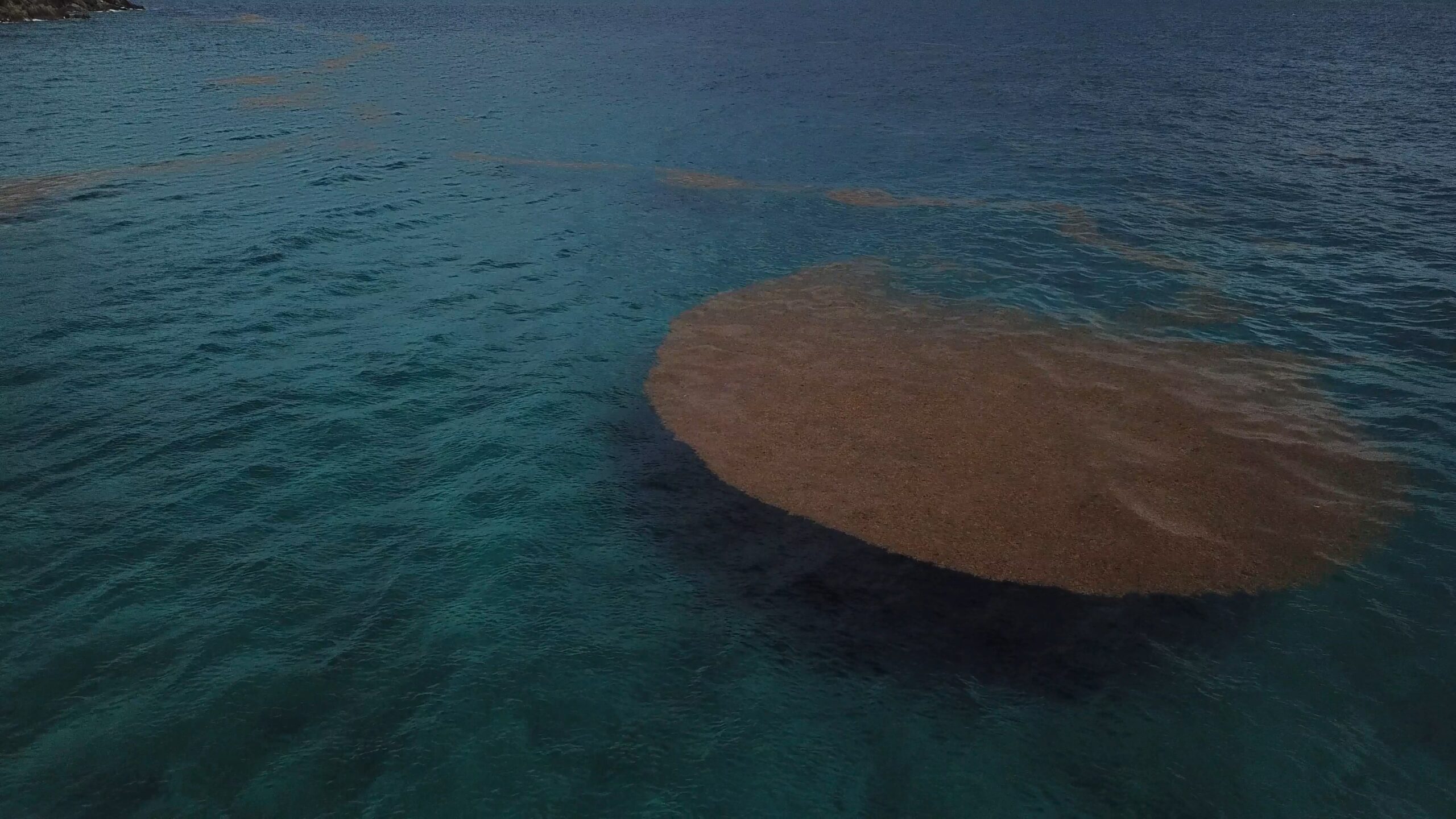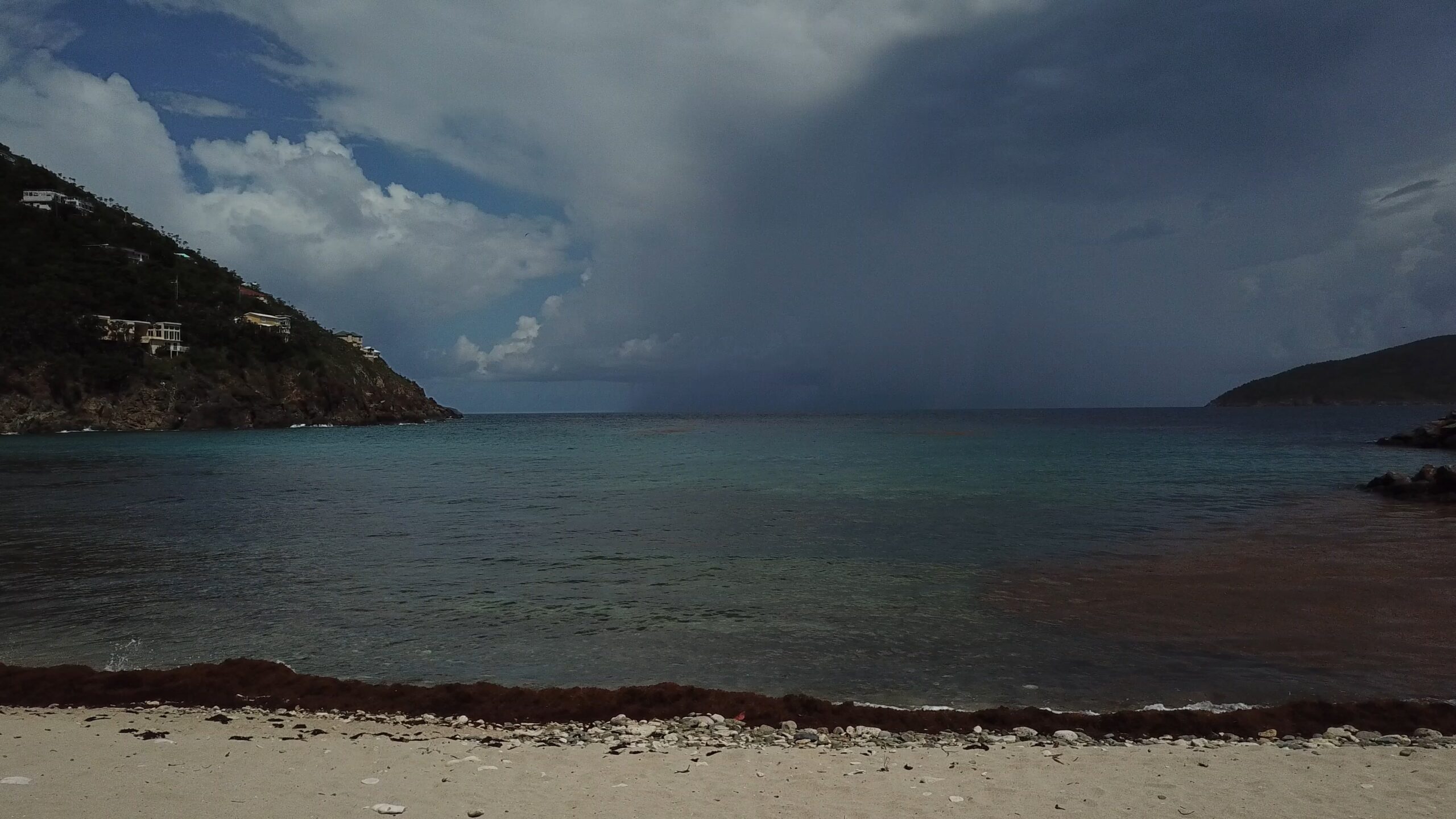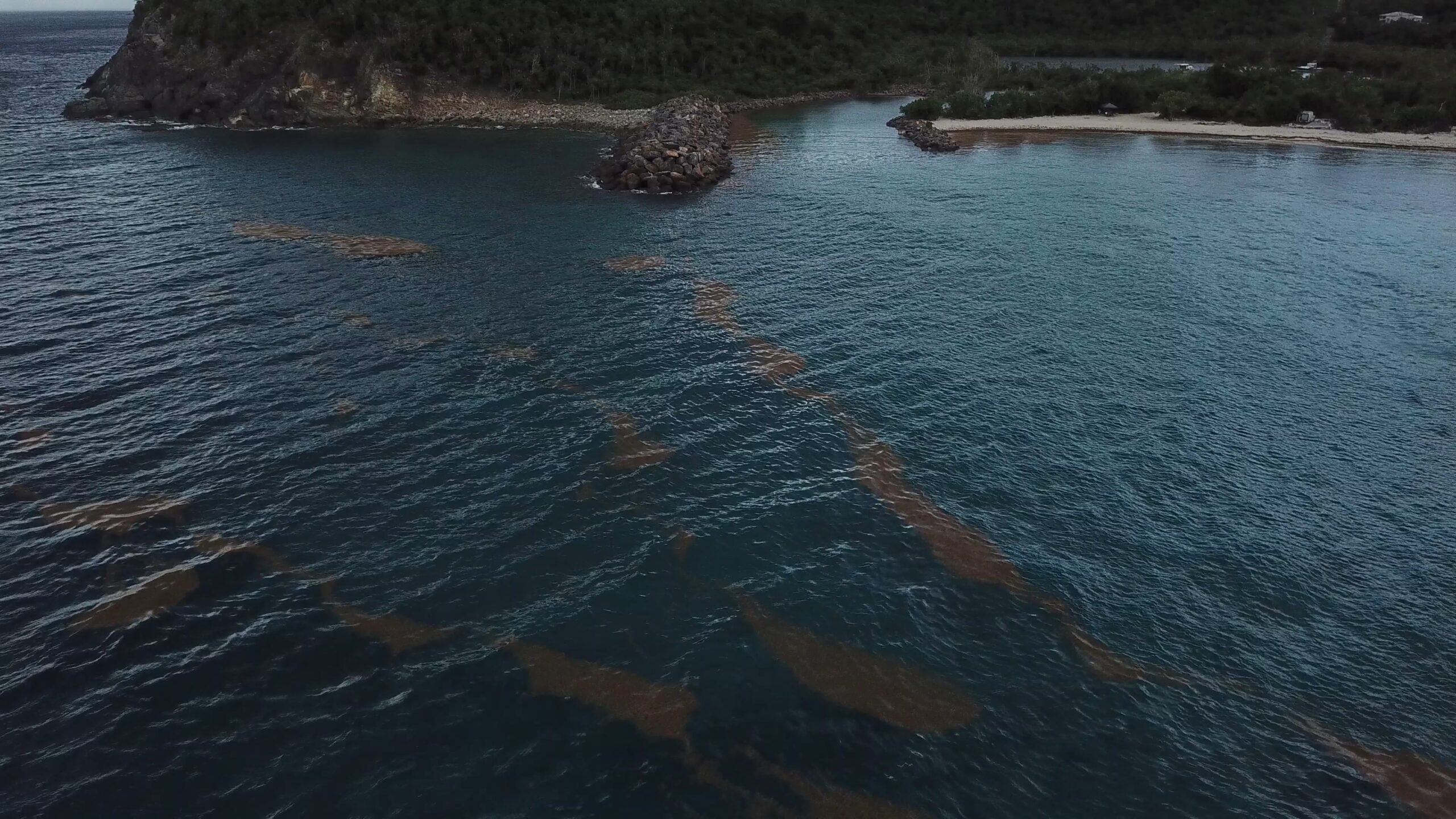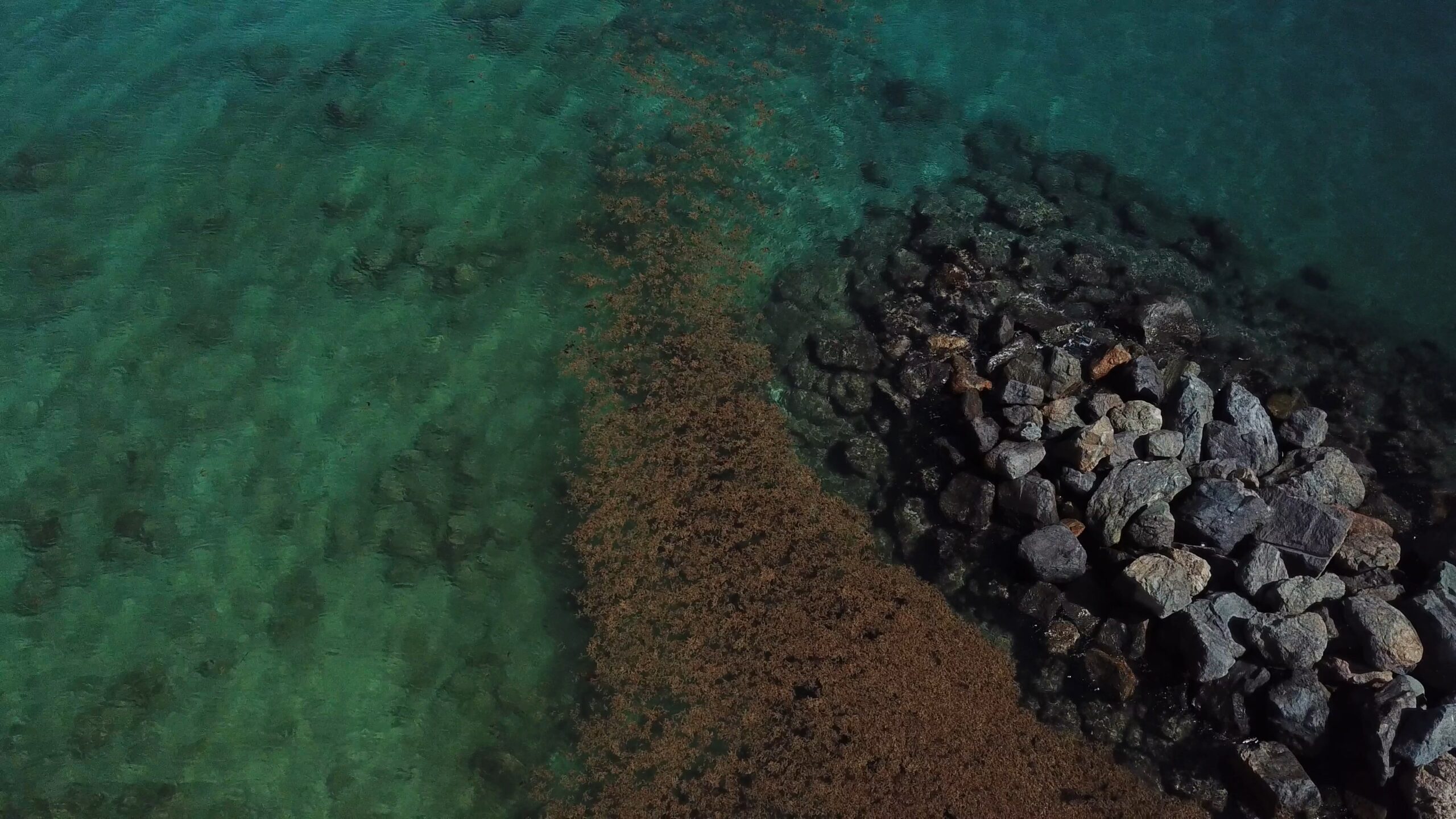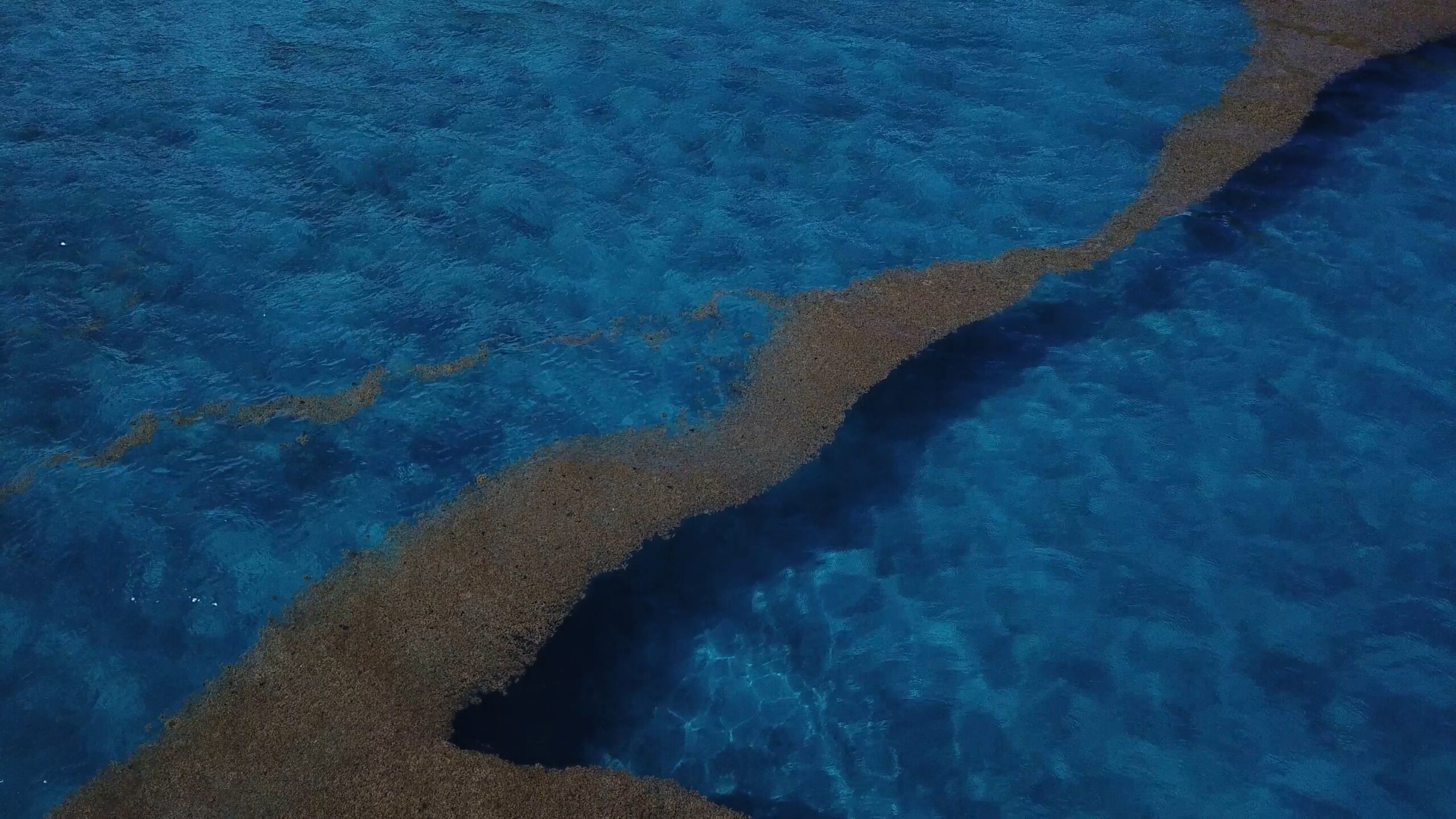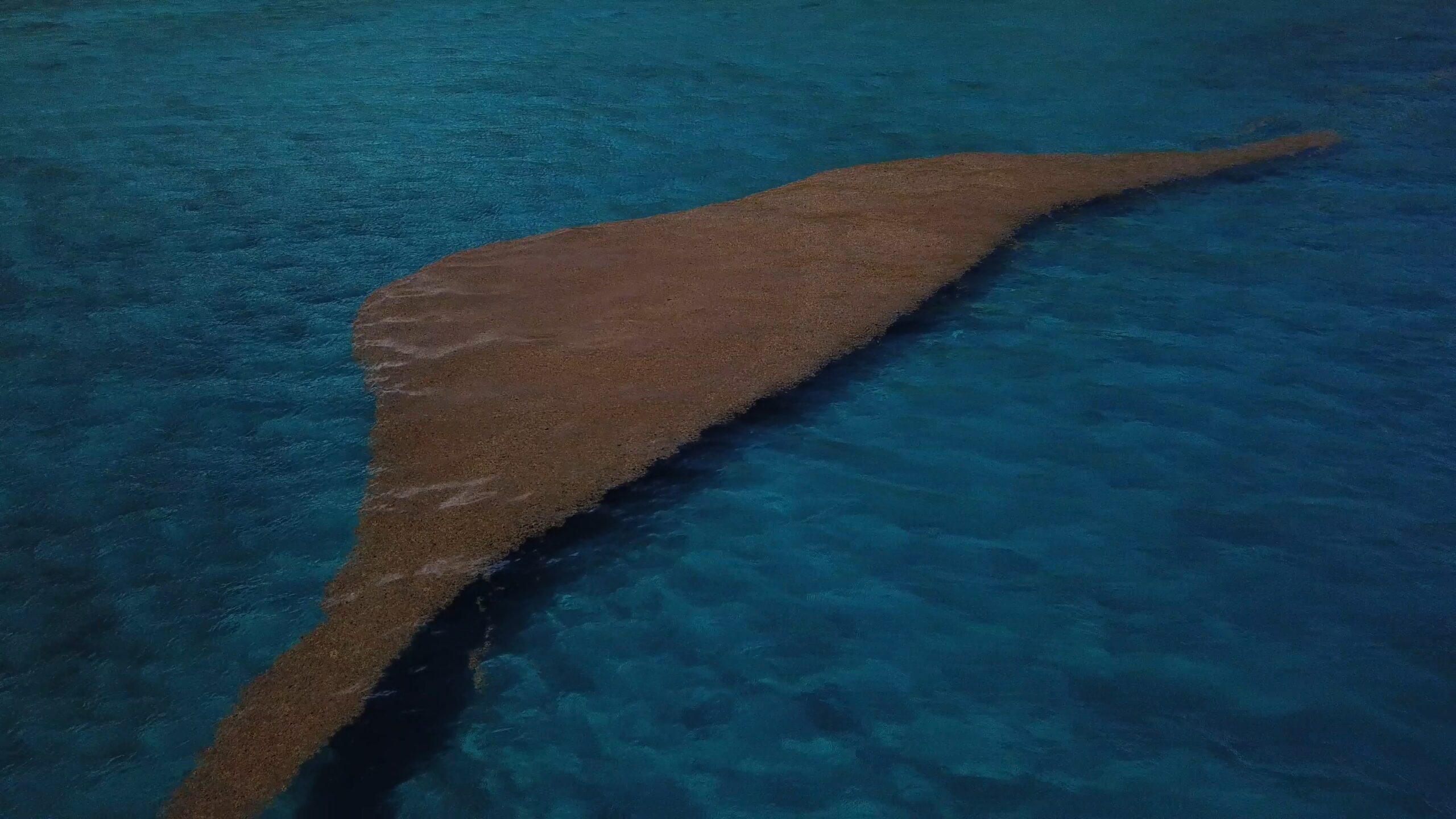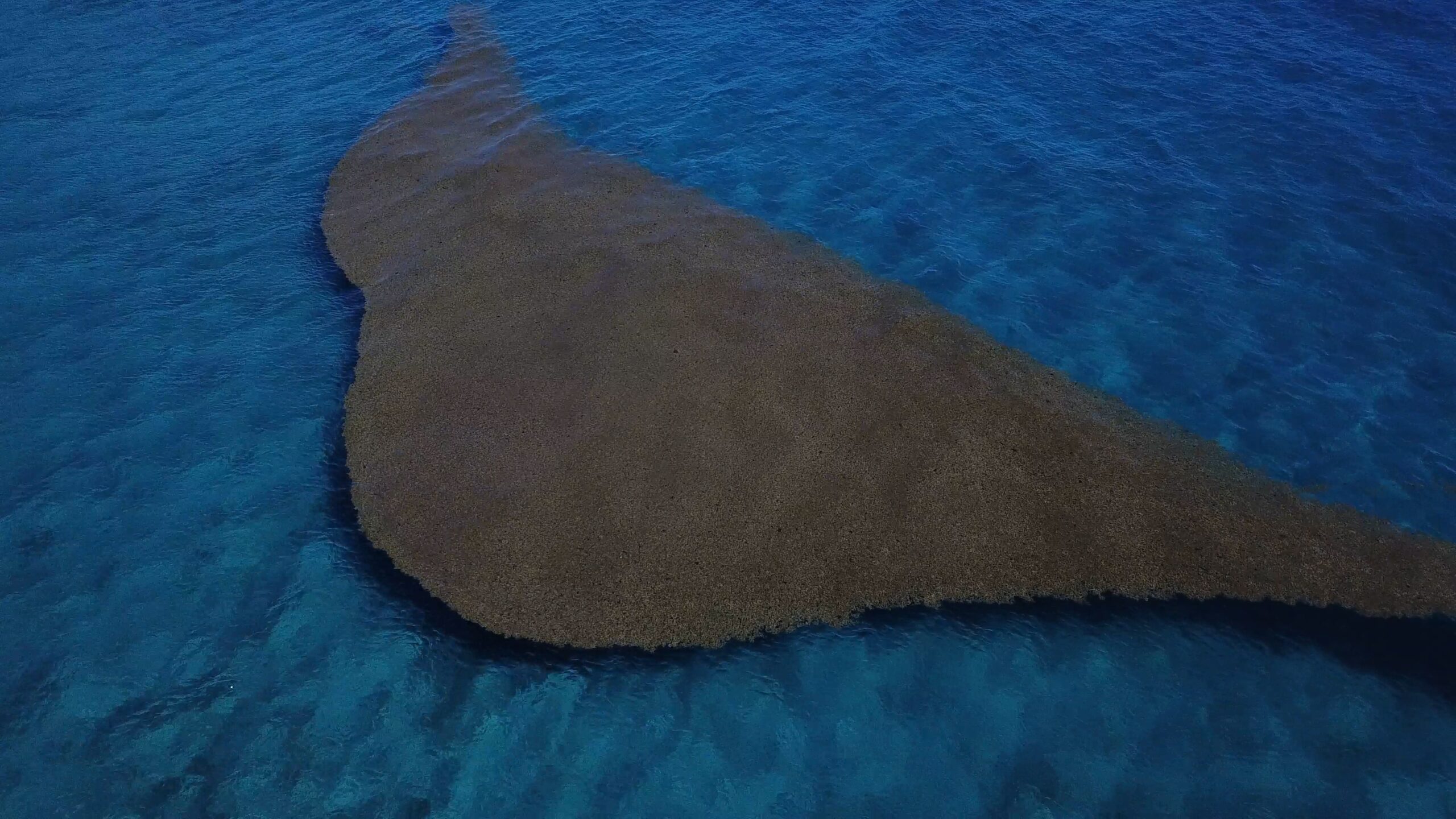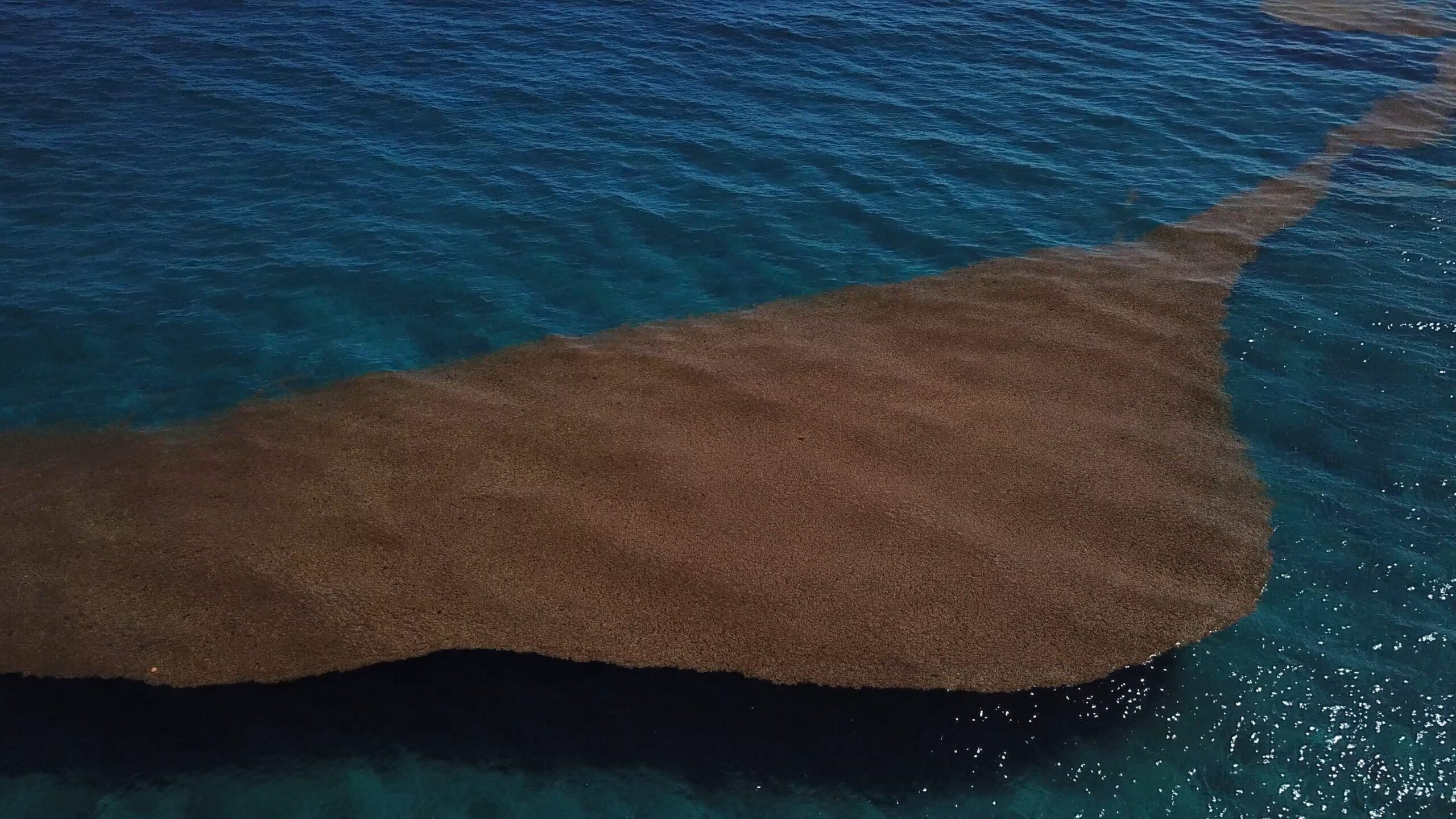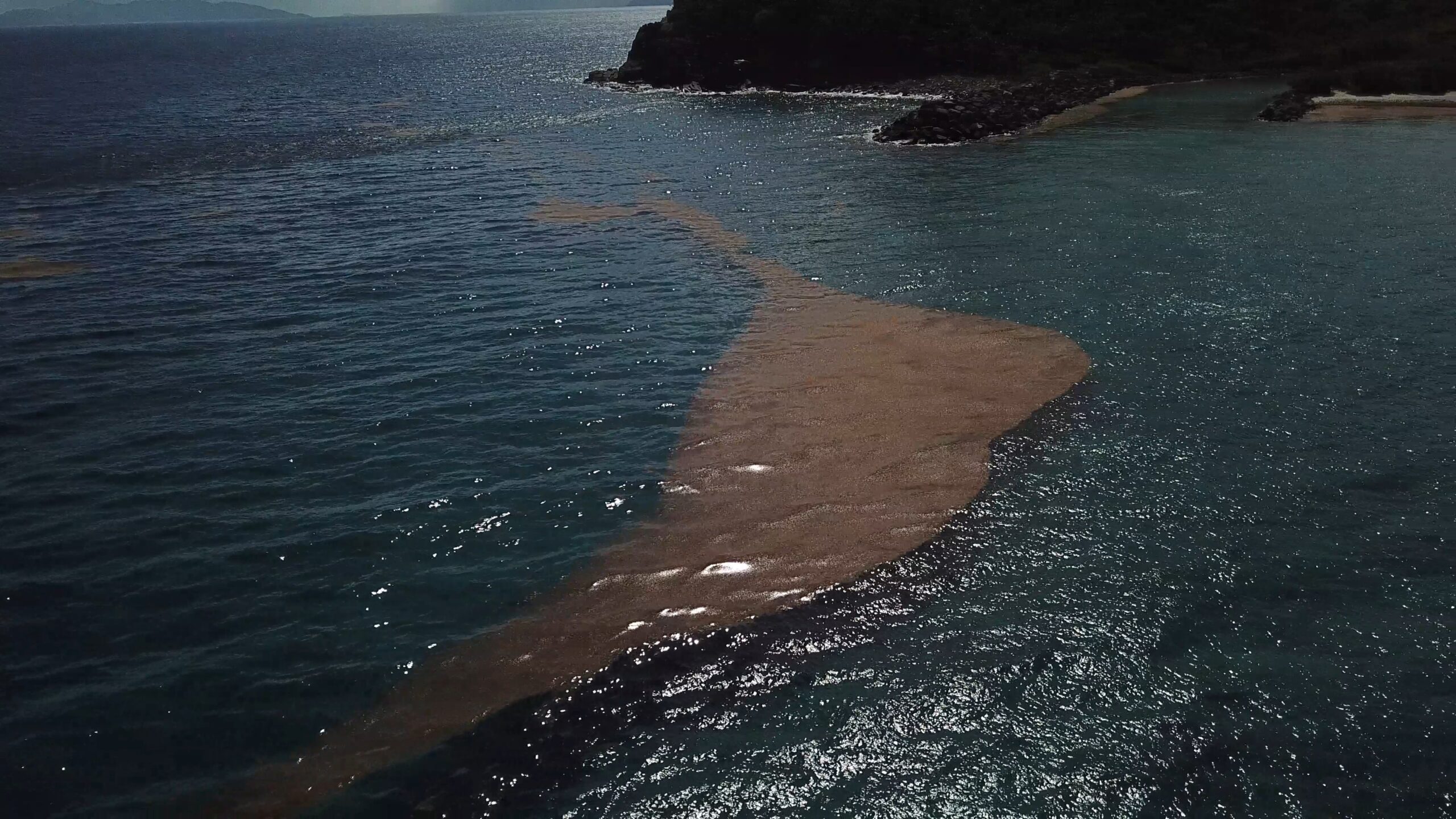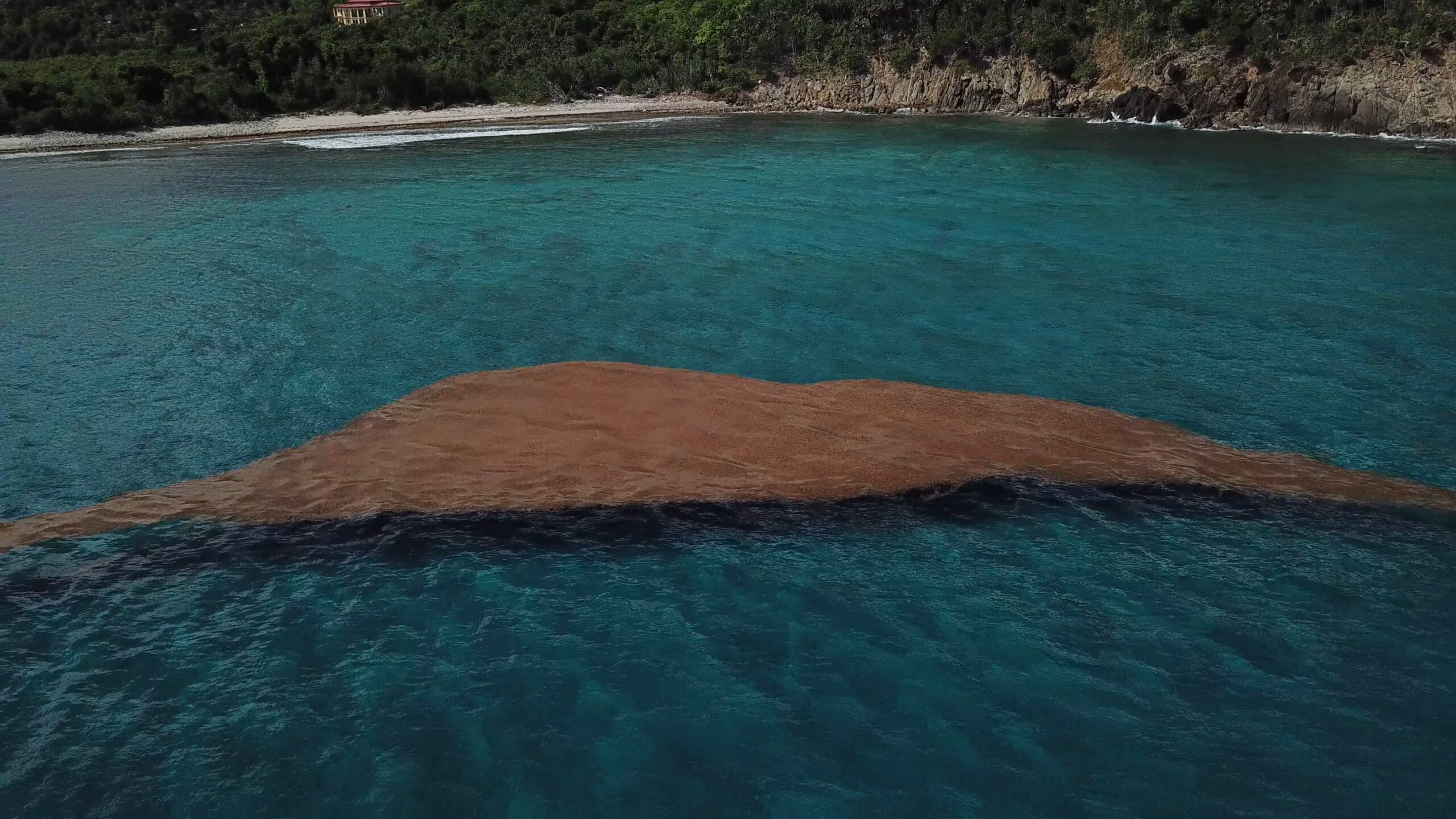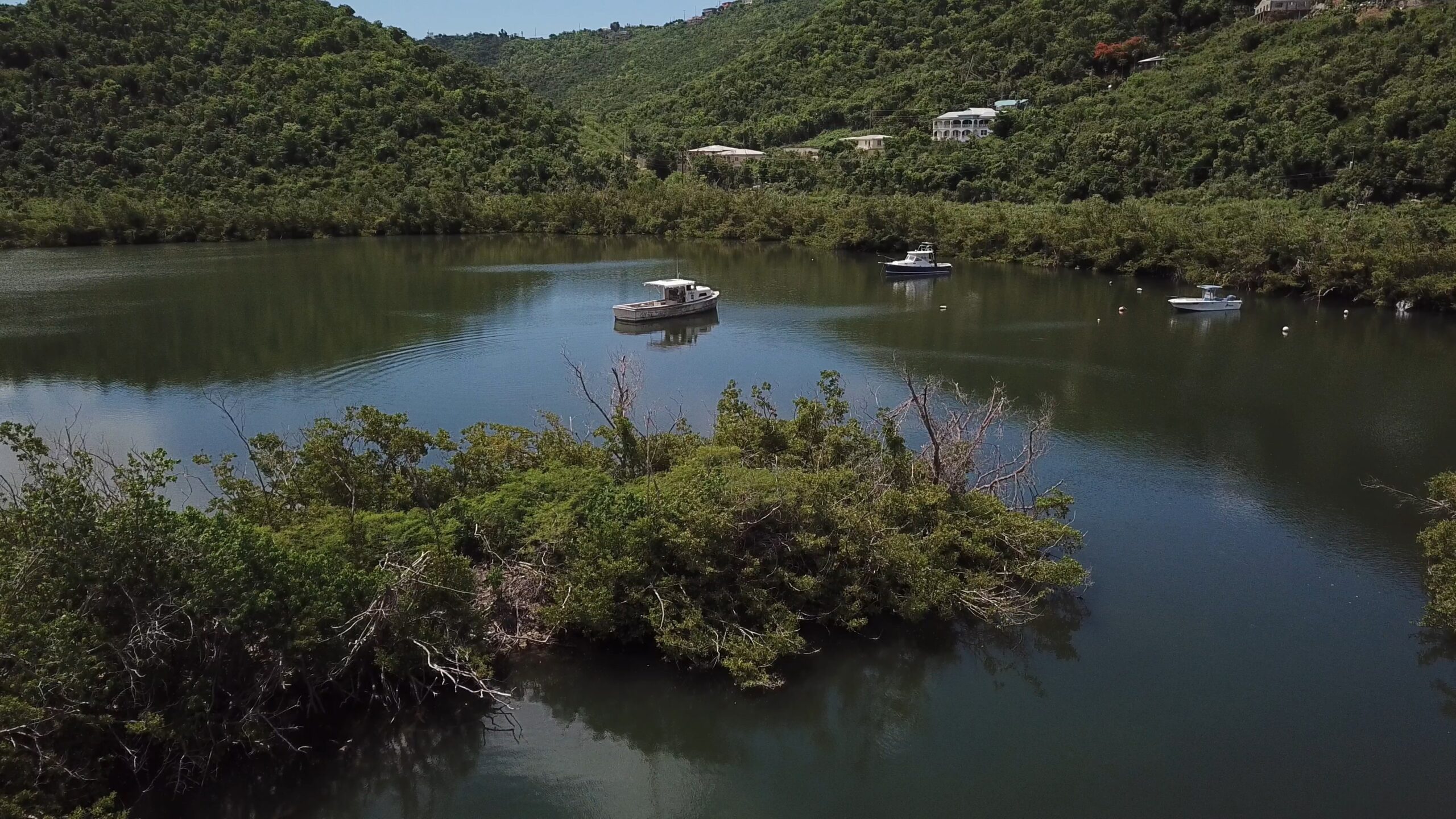RANGERS TACKLE SARGASSUM
RANGERS RESEARCH SARGASSUM WITH DRONE TECH
Science Question: Do large sargassum masses have a long-term positive, negative or nuetral impact on near-shore wildlife populations?
Saturday, August 17, 2019
On Saturday, excited Environmental Rangers took to the air using drones to map sargassum sea weed masses approaching Mandahl Bay, St. Thomas.
Environmental Rangers have been learning manual and computer-assisted drone flight and programming techniques during the 2018-2019 year in preparation for a wide range of research projects. Saturday's sargassum flights marked the end of pre-training and the beginning of Ranger-guided air-borne research missions. The SEER aerial drone program is instructed by Navy Tailhook and FAA certified pilot, Vince Danet of Danet Operations Group.
The main goal of the morning's aerial survey was to establish a baseline, or reference point, for continuing sea weed tracking missions to build upon. Additionally, video footage taken during flight will be enlarged and viewed frame-by-frame to search for animal life presence.
[smartslider3 slider=8]
The seasonal blooming of local sargassum and the approach of sargassum masses from North Carolina and possibly the Sargasso Sea has intrigued the local population the last few years. Sargassum is a year-round presence that historically grows to giant masses every three to four decades. These huge aggregations will plague Virgin Islands waters seasonally (typically Summer and/or Winter) for a number of years before dissipating again.
Rangers in the Science, Education, Exploration and Research (SEER) Program are performing on-going investigations into both life and pollution presence within varying densities of near-shore and on-shore sargassum masses. Using the SEER Tri-Domain Observation Method, sargassum movement and behavior is tracked and mapped as it approaches Mandahl Bay from the Atlantic Ocean. Once near-shore, a submersible remotely operated vehicle (SROV) studies life presence and behavior within and below the seaweed. The last phase occurs on-shore as Rangers sort through beached sargassum for further evidence of life and/or pollutants.
This weekend's land and underwater sampling effort was suspended due to rain when off-shore squalls and waterspouts encroached, but Rangers managed to complete some nice aerial tracking. Sargassum research will continue through the next few weeks.
It is the Rangers' hope to contribute information to entities researching sargassum in order to gain a factual understanding of how sargassum works and what life forms it transports to Virgin Islands shores.
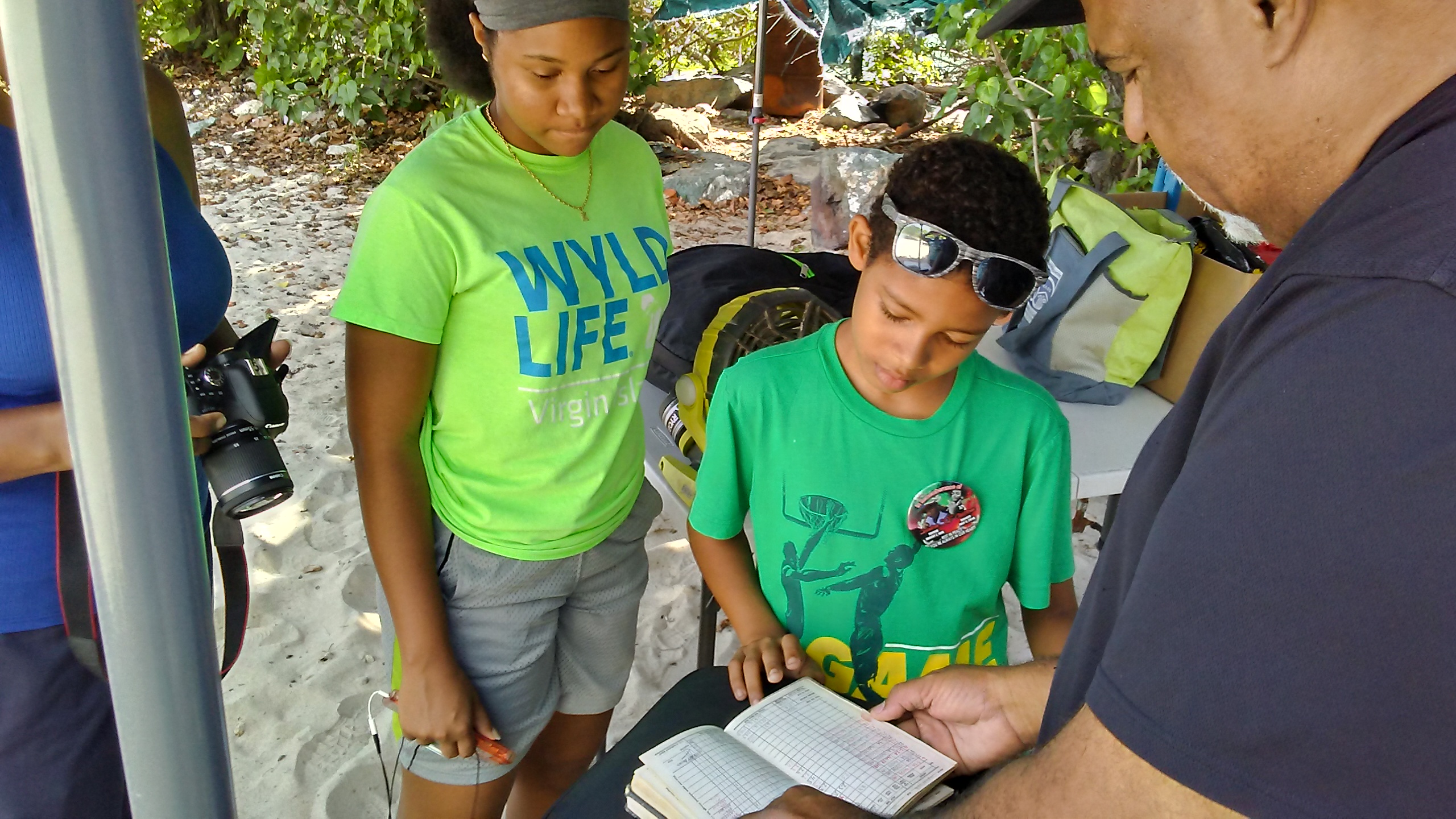
FLIGHT LOGS
Rangers are required to keep flight logs. Vince Danet, SEER Drone Instructor, shows SEERs how to keep a proper journal of all flights.

DARK LANDING
As approaching storm clouds blot out the sun, the RTB (Return to Base) command is given and the drone returns safely to deck before heavy rain falls.

